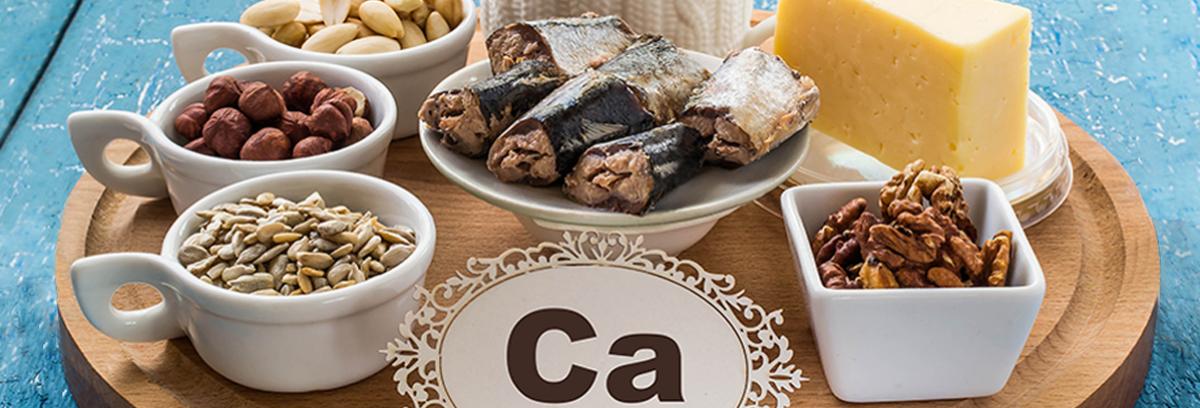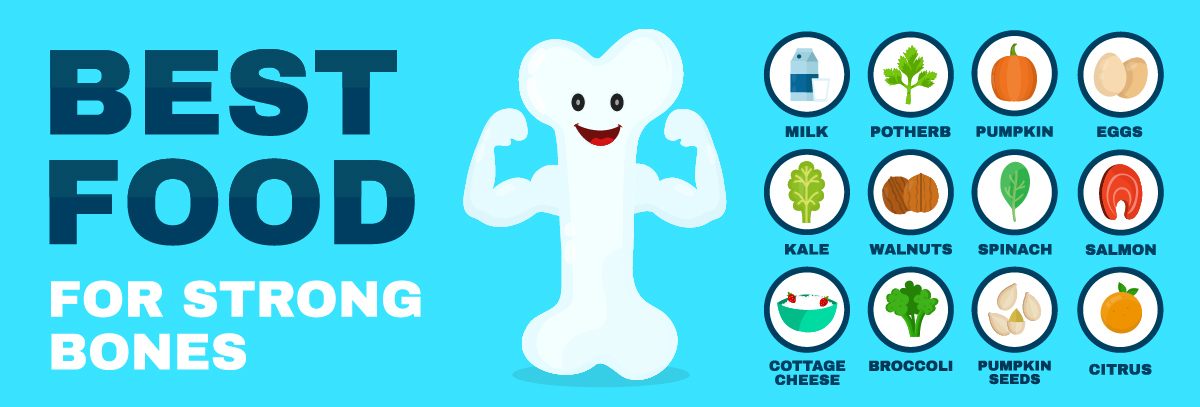
Looking After Your Bones Nutrition | Nestle Pou Nou | ZA
January 15, 2021
|
5 min
Bones become more fragile with age. However you can start looking after your bones from childhood. Bones reach their peak density in early adulthood. You can ensure your bones reach a higher peak density by eating enough calcium and exercising regularly during childhood.
HEALTHY BONES
A reduction in the amount of bone mass can lead to fragile and brittle bones. This can happen without any warning because we don’t know that our bones are weak until they actually fracture. Women are more at risk of bone fractures than men. This is because:
* Women’s peak bone mass is less than men’s.
* Women lose more bone density after menopause.
* Women live longer on average than men. Therefore their bones have longer to last.
* Vitamin D plays an important role in helping us to absorb calcium from the gut. In our climate, we get plenty of Vitamin D from sunshine and we only need to spend a few minutes in the sun each day. For those not able to spend some time in the sun, such as sick or elderly people, a supplement of vitamin D is recommended.

A HEALTHY DIET
Eating a wide variety of foods from the different food groups will reduce the risk of not getting enough nutrients. A varied diet includes:
* Breads, cereals and grain-based foods.
* Dairy foods – preferably low fat products.
* Fruits.
* Vegetables – try to eat at least five serves a day of different coloured vegetables.
* Meat, fish, chicken, legumes, eggs, nuts and seeds.
* Fats including small amounts of oils and margarine, nuts and seeds.
FAQ’S
DOES EVERYONE SUFFER FROM WEAK BONES?
One in three women and one in eight men throughout the world suffer from fragile bones, however this often remains undiagnosed until several bones have been broken.
WHEN DO OUR BONES START TO WEAKEN?
After reaching a peak bone density in our early twenties, our bones begin to lose strength slowly. After menopause, women lose bone mass more rapidly than men because of much lower levels of the hormone oestrogen.
CAN I PREVENT MY BONES WEAKENING?
Eating a variety of calcium-rich foods, for example dairy products like milk, cheese and yogurt, legumes like baked beans, and canned fish like sardines or salmon, can help to minimise the risk of developing weak bones later in life. Regular weight-bearing exercise (e.g. walking) is also an essential part of keeping your bones strong as it can help to increase bone density, prevent bone loss and help in the maintenance of a healthy body weight.
WHEN SHOULD I START THINKING ABOUT PREVENTING WEAK BONES IN LATER LIFE?
From early childhood. Maximum peak bone mass is reached in the early twenties, and from this age our bones begin to lose strength. Women lose bone mass rapidly in the first few years after menopause.
Recommended Dietary Calcium Intake
| Category | Age | Calcium (mg) |
| Children | 1-3 yrs | 700 |
| 4-7 yrs | 800 | |
| Girls | 8-11 yrs | 900 |
| 12-15 yrs | 1000 | |
| 16-18 yrs | 800 | |
| Women | 19-54 yrs | 800 |
| 54+ yrs | 1000 | |
| Pregnant Women | 1100 | |
| Lactating Women | 1200 | |
| Boys | 8-11 yrs | 800 |
| 12-15 yrs | 1200 | |
| 16-18 yrs | 1000 | |
| Men | 19-64 yrs | 800 |
Calcium Counter
| Which food? | How much calcium (mg)? |
| 200g tub yogurt, natural or fruit | 340 |
| 2 slices (40g) cheddar cheese, reduced fat | 310 |
| 250ml (1 glass) milk (low fat/skim) | 310 |
| 100g (1/4 cup) canned pink salmon (bones included) | 280 |
| ¼ cup mozzarella cheese | 260 |
| 1 cup vanilla ice cream | 150 |
| ½ cup custard | 130 |
| ¼ cup raw almonds | 70 |
| ½ cup baked beans, canned in tomato sauce | 50 |